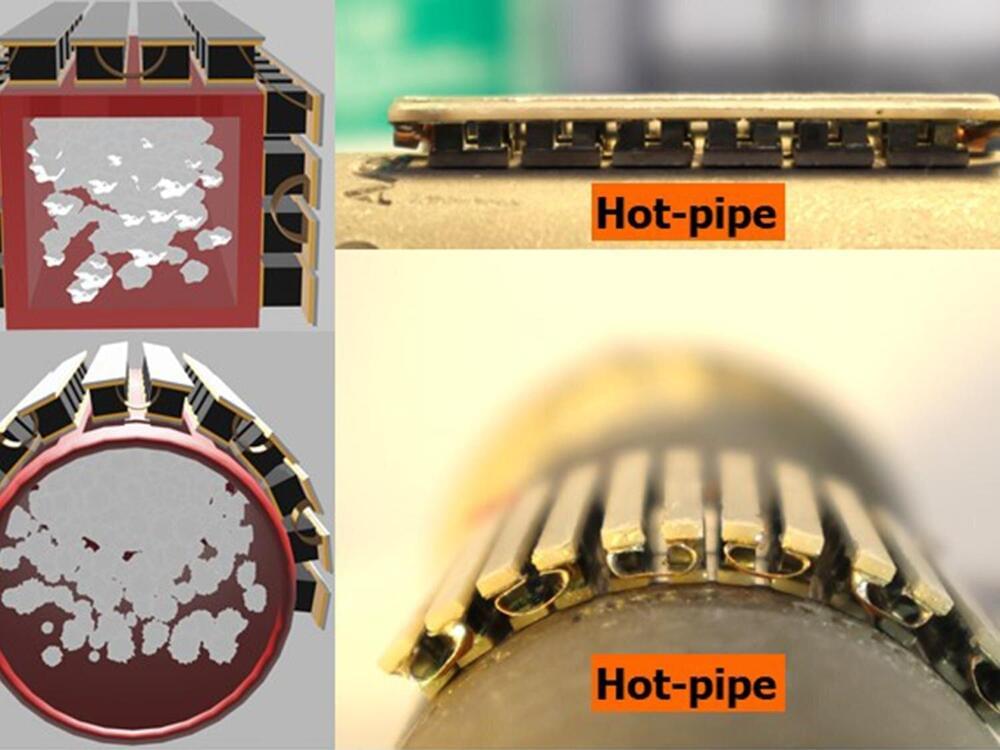Church points to factors that helped make such a success of three of the top COVID-19 vaccine technologies. For one thing, they all used gene therapy technologies, and each was a new method relative to the past and to each other. For instance, the AstraZeneca vaccine was based on an adenovirus capsid containing double-stranded DNA as opposed to an adeno-associated virus (AAV) of the Johnson & Johnson/Janssen vaccine, while the Moderna and Pfizer/BioNTech vaccines were based on single-stranded mRNA inside lipid nanoparticles.
“Implementation science is the unsung handmaiden of biomedical discovery!”
Secondly, each of them was approved by the FDA 10 times faster than the vast majority of therapeutic products, and finally, the cost per vaccine has been as low as $2 per dose for the United Nations’ COVAX global access program. That’s about a million times cheaper than Zolgensma, he says, referring to the AAV gene therapy medication used to treat spinal muscular atrophy. So since “any one of these could spark a revolution,” according to Church, imagine what could happen in the next 12 months if all four factors pertain again?









